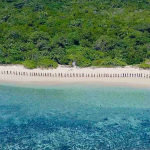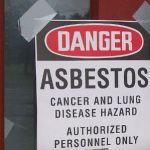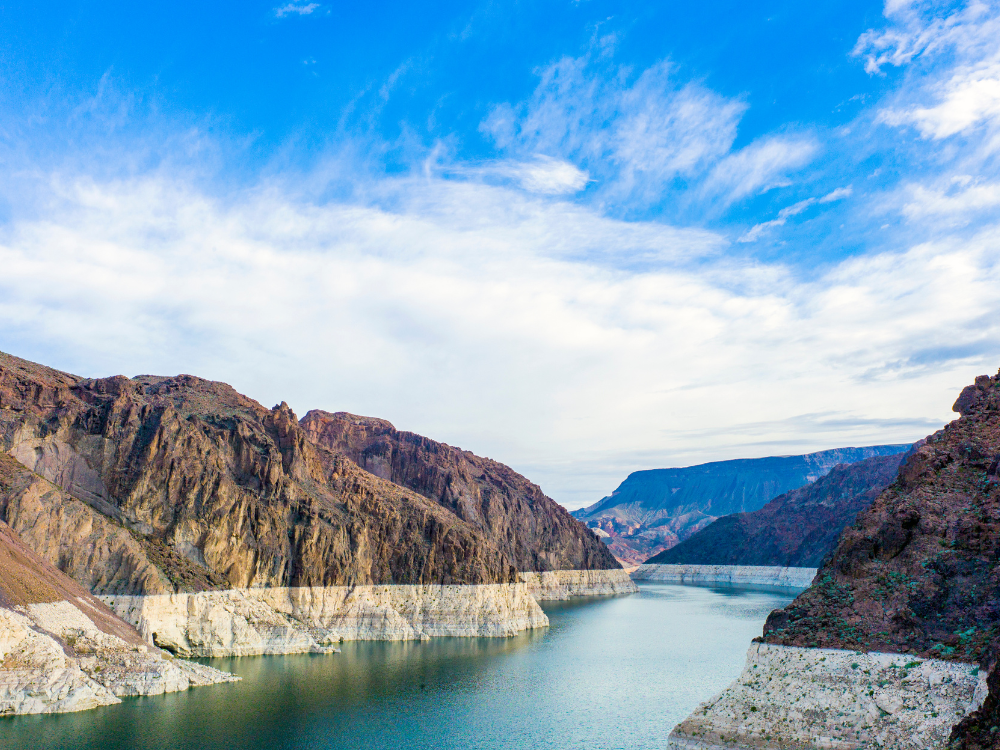The declining levels of Lake Mead, an enormous reservoir that crosses both the Nevada and Arizona borders, have been making news for several years now. The lake provides water for more than 25 million Americans, and as the water level has dropped, it has revealed its secrets, some of which could threaten local residents’ health.
The declining water levels have revealed at least five instances of human remains at the lake, with concerns of more to come. However, the receding levels of the lake have also exposed another hazard – the newly-exposed layer of volcanic rock could contain environmental threats.
A study published by the Geological Society of America found that the exposed rock – not seen since the 1930s – contains ash from volcanoes across neighbouring states, including Wyoming, California and Idaho, from between 12 million to 32,000 years ago.
Eugene Smith, a UNLV emeritus professor of geology, explained that in the instance that volcanic ash that reaches the valley in the future could cause safety issues like fallen power lines, blocked roadways and health problems.
“(Ash) is easily remobilized by wind and water,” Smith said in a news release.
“When inhaled, the incredibly tiny but sharp glass grains in the ash can cause significant, chronic lung conditions such as silicosis.”
Some volcanic eruptions contain fine-grained ash with a high content of free crystalline silica, which is the cause of silicosis. Extensive studies that have looked at “population exposure to respirable crystalline silica have suggested that the majority of the population are not exposed to sufficiently high airborne concentrations to be at risk of developing silicosis, but a smaller group of individuals (such as outdoor workers) may be at risk of developing mild silicosis.”
Fellow geologist, Rachael Johnsen, explained that studying the impacts of previous volcanic activity on nearby Las Vegas can help experts plan for the future.
“The ash layers we study come from volcanoes long extinct,” Johnsen said in a news release.
“However, studying them has helped us determine just how often the Las Vegas area was inundated with ash over time and may help us prepare for future events from active volcanoes far from us.”




